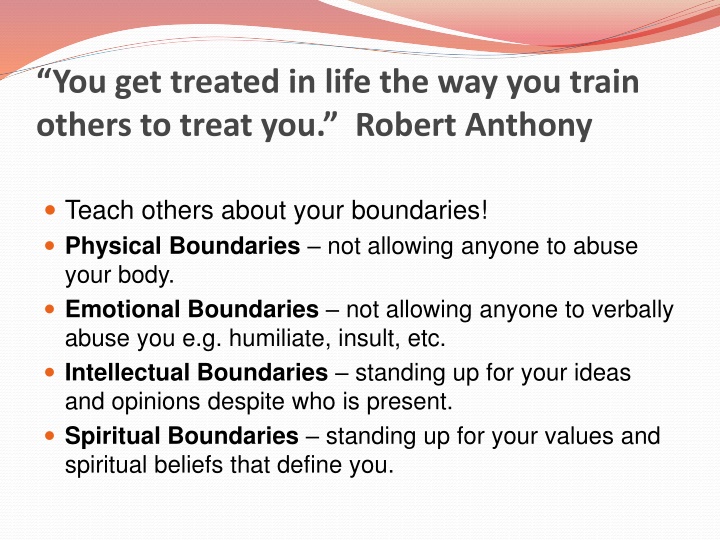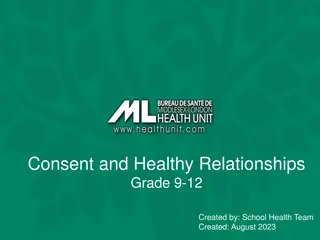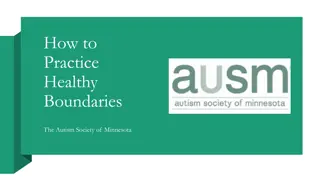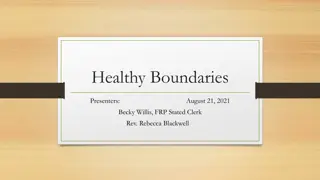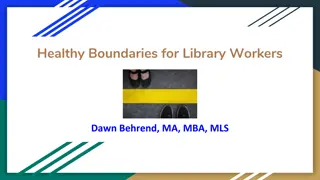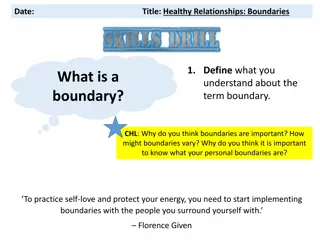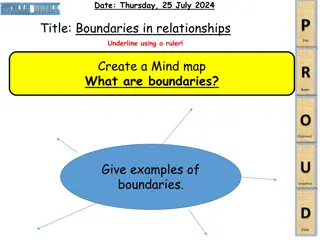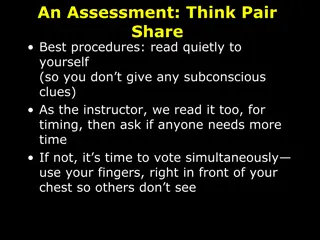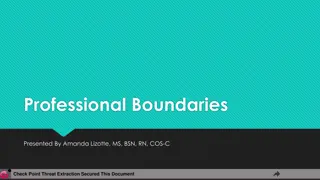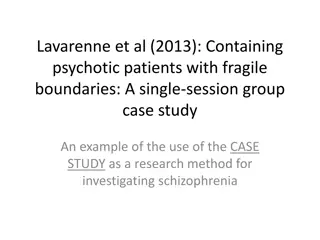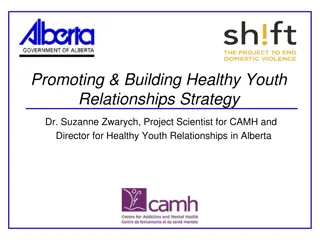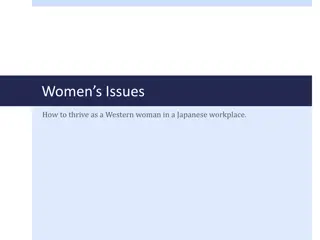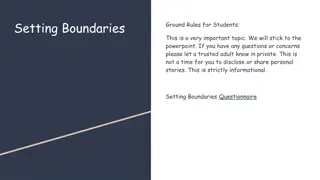Empowering Yourself Through Setting Healthy Boundaries
Learn the importance of setting boundaries in various aspects of life - physical, emotional, intellectual, and spiritual. Discover how boundaries act like cell membranes, allowing only the good in and keeping the toxic out. Empower yourself with your personal bill of rights and the boundary request model. Practice setting boundaries through role-playing exercises to assert yourself in challenging situations.
Download Presentation

Please find below an Image/Link to download the presentation.
The content on the website is provided AS IS for your information and personal use only. It may not be sold, licensed, or shared on other websites without obtaining consent from the author.If you encounter any issues during the download, it is possible that the publisher has removed the file from their server.
You are allowed to download the files provided on this website for personal or commercial use, subject to the condition that they are used lawfully. All files are the property of their respective owners.
The content on the website is provided AS IS for your information and personal use only. It may not be sold, licensed, or shared on other websites without obtaining consent from the author.
E N D
Presentation Transcript
You get treated in life the way you train others to treat you. Robert Anthony Teach others about your boundaries! Physical Boundaries not allowing anyone to abuse your body. Emotional Boundaries not allowing anyone to verbally abuse you e.g. humiliate, insult, etc. Intellectual Boundaries standing up for your ideas and opinions despite who is present. Spiritual Boundaries standing up for your values and spiritual beliefs that define you.
Cells Function Like Healthy Boundaries! It keeps poisons (toxic people) out, and lets nutrients (healthy people) in, and gets rid of waste. It defines the existence of the cell by separating it from other cells. It knows when to allow healthy things in and when and how to keep unhealthy things out. Therefore, we have a choice to be an active or passive participant in healthy boundary setting.
Your Personal Bill of Rights You have the Right to grieve over what you missed in childhood. Right to follow your own values and standards. Right to say no to anything I m not ready for. Right to have my needs respected by others. Right to expect honesty from others. Right to forgive myself and others. Right to give and receive unconditional love.
The Boundary Request Model 1. Observation Statement 2. Feeling Statement 3. Need Statement 4. Request Statement 5. Intention Statement
Role-Play Assignment Part 1 Part 2 Write a script about a past conversation that occurred with a frustrating person that involved a conflict or about you having a negative feeling. Ask somebody in class to role- play the frustrating person. Write their part and yours on a sheet of paper for them to read. Read and act it out to the class. After you act out Part 1, read and act out Part 2. Part 2 is you verbalizing the 5-Step Boundary Request Model after the conflict starts to begin.
